The MGA With An Attitude
REVERSE GEAR LOCKOUT and How It Works - GT-128
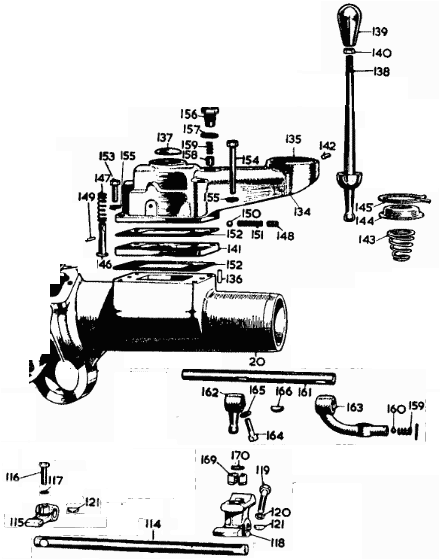
 The Reverse Lock-Out The Reverse Lock-Out
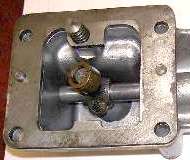
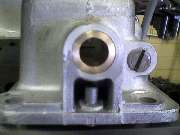
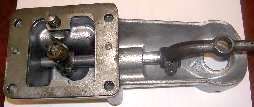
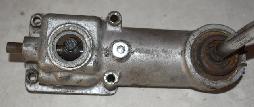
In illustration above right, the item 150 ball, backed up by 151 spring and 148 screw plug, is drawn out of place. In assembly the small spring goes into a blind hole from the front, followed by he small ball. These are depressed down the bore using a thin assembly punch tool, while the vertical plunger 146 with spring 147 is inserted from the bottom. When the plunger hits the assembly punch, the punch can be withdrawn while the plunger moves farther upward to secure the ball and spring detent parts. The small pin 149 is then inserted from the side to secure the plunger. The screw plug 148 goes in last just to close the hole.
The small pin 149 cannot be pushed out from opposite end. You could drill and tap a tiny thread to pull it out with a small machine screw, or just drill it out. But you should never need to remove that pin or the plunger with spring. You can remove the screw plug in front, but the spring and steel ball are hiding behind the plunger shank. Those parts are the detent that prevents the plunger from moving upward until a substantial force is applied.
If the plunger is sticking so it is reluctant to move upward, you can remove the screw plug and put some penetrating oil in that port to lube the plunger. Tap the plunger with a small hammer if needed to get it to move. Then exercise the plunger until it moves freely, and reinstall the plug.
In operation, you move the shift lever to the left, then give it a little slap with your hand to move it farther left into the reverse shifting position. That little slap is enough to upset the spring ball detent to allow the plunger to move upward. Once it has moved into the reverse shifting position, you can hold the shift lever over there with one or two fingers (then move rearward to shift into reverse).
When you shift from reverse to neutral, then let go of the shift lever, the spring loaded plunger will return downward to rest position, pushing the hand lever to the right, out of the reverse shifting gate. The detent ball then snaps to rest in a notch in the plunger to secure it in the lower position.

See following page for information on detents for the three main shift rod sand Sliding Hubs.
 Also Also
How The Interlock Arm Works
|





